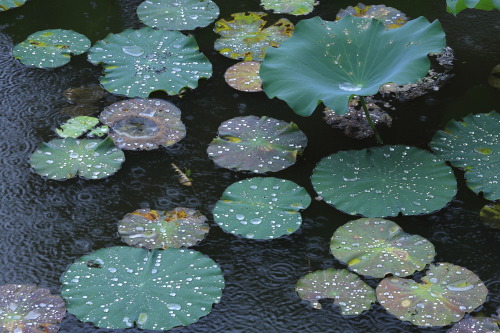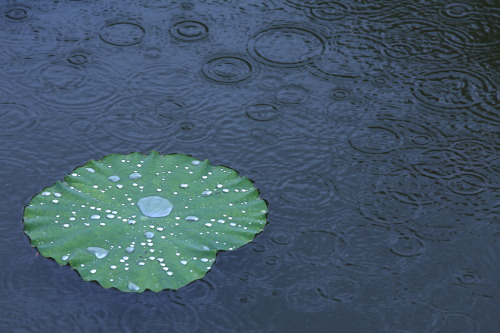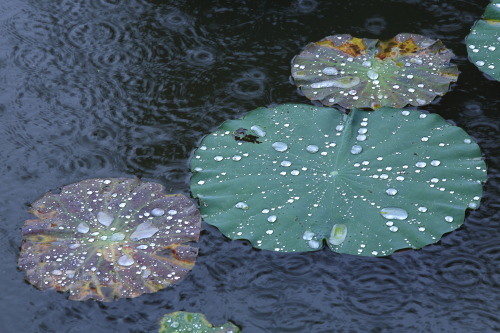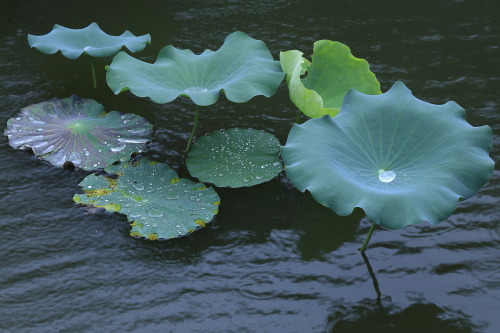Feeling Pretty Today, Might Delete Laterrr~✨

Feeling pretty today, might delete laterrr~✨
More Posts from Castirondoll and Others

Finally joining in on the Art VS Artist thing for 2021!
Wasn’t easy to pick just 8 pieces but I managed to narrow it all down in the end lol
Читать дальше




source










moon knight | gods and monsters
are you an egyptian superhero?





New movie!! *bangs pans*
A Brief Guide to the Celtic Languages
(This guide focuses on the insular Celtic language family)
There are two main branches of Insular Celtic: Brythonic (P-Celtic) and Goidelic/Gaelic (Q-Celtic).
Brythonic (P-Celtic)
The surviving Brythonic languages are Welsh (Cymraeg), Cornish (Kernewek) and Breton (Brezhoneg). They are spoken in Wales (Cymru), Cornwall (Kernow) and Brittany (Breizh) respectively. Brythonic languages were originally spoken throughout Great Britain, and there were attempts to revive some of them, such as Cumbric (Cumbraek), but they have been largely unsuccessful. The remnants of these now dead languages can be found in the sheep scoring systems of the north of England (I recommend researching the folk group Yan Tan Tether, particularly the song Old Molly Metcalfe).
Goidelic/Gaelic (Q-Celtic)
The modern Goidelic (sometimes called Gaelic) languages are Irish (Gaeilge), Scottish Gaelic (Gàidhlig) and Manx (Gaelg/Gailck). They are spoken in Ireland (Éire), Scotland (Alba) and The Isle of Man (Mannin/Ellan Vannin). Scottish Gaelic is sometimes referred to as just "Gaelic", unlike Irish which is only ever called "Irish", never "Gaelic" or "Irish Gaelic". Note that Alba is three syllables (a-luh-puh). Manx is somewhat unique amongst the Goidelic languages in that it's spelling is heavily anglicised. Scottish Gaelic is not to be confused with Scots, the Germanic language which is widely spoken throughout Scotland
For further information on the Celtic languages, I suggest Omniglot.com which shows comparisons between the six, including examples which show where the terms "Q-Celtic" and "P-Celtic" come from


hi fear and hunger fandom
this is for @witcher3 birthday 🦐💕
-
 svetlanazolotareva liked this · 1 year ago
svetlanazolotareva liked this · 1 year ago -
 midnighdreams liked this · 2 years ago
midnighdreams liked this · 2 years ago -
 castirondoll reblogged this · 2 years ago
castirondoll reblogged this · 2 years ago

I'm Margarita, she/her, 20lvl I like forests, mushroom hunting and metal music
263 posts